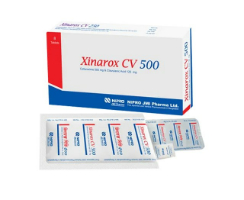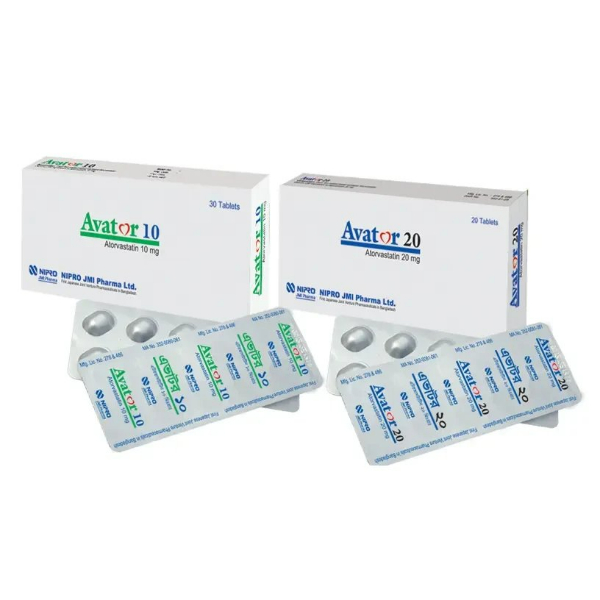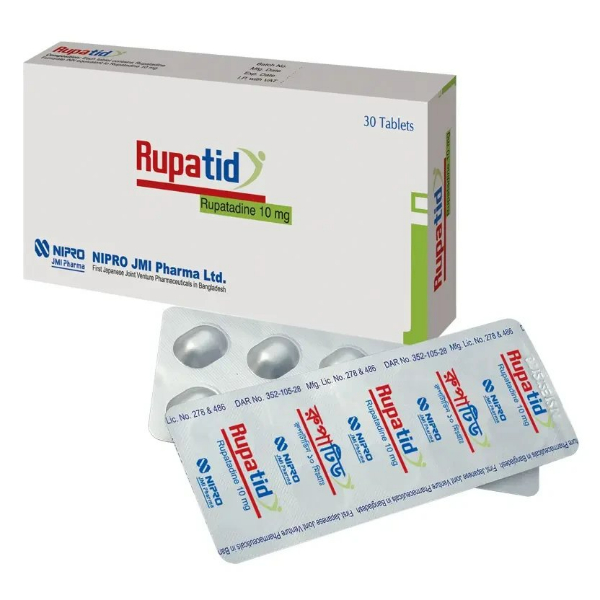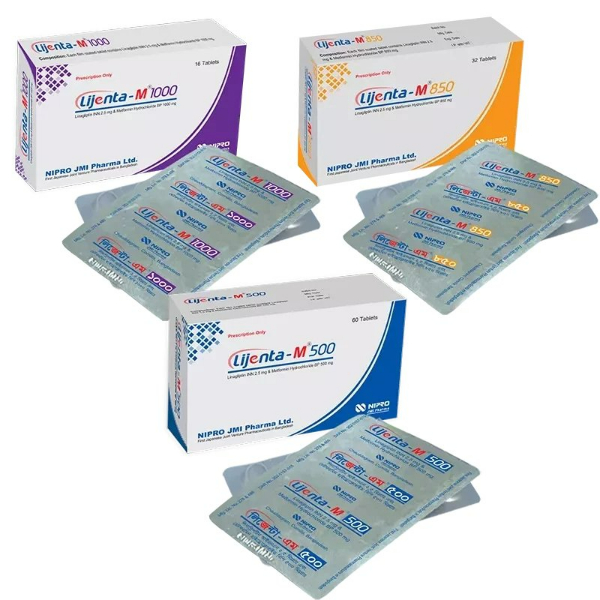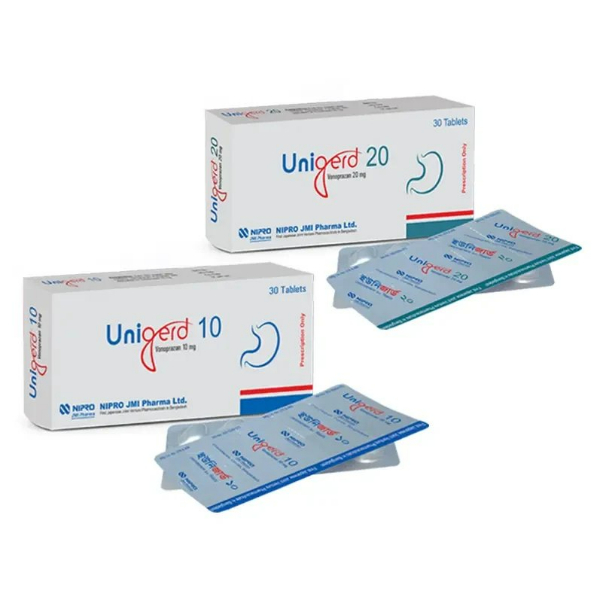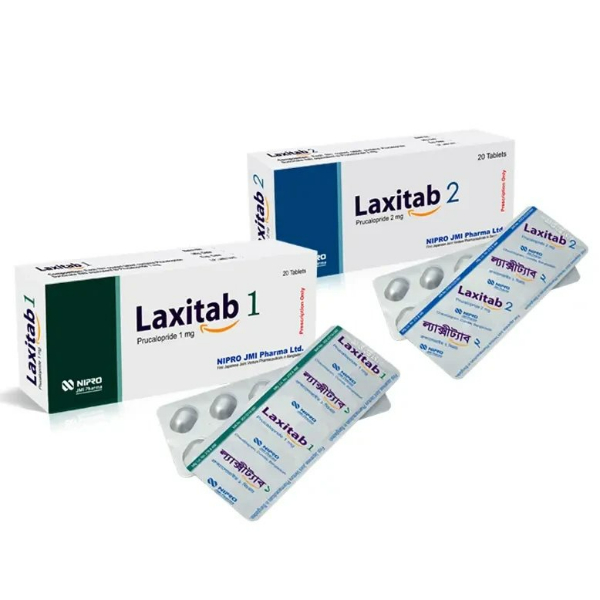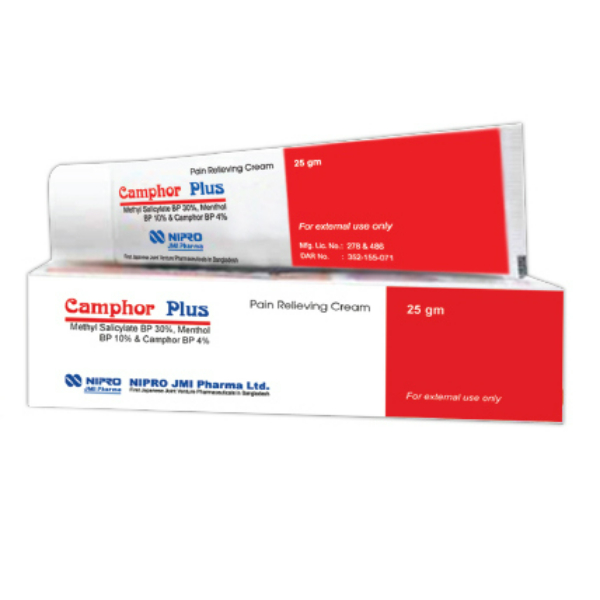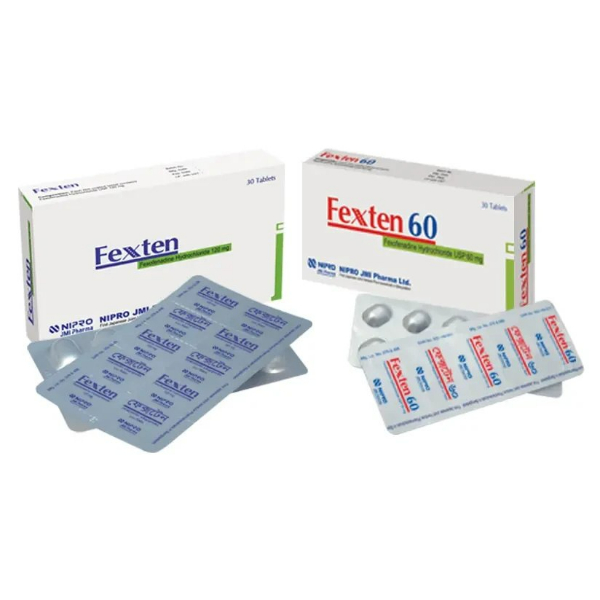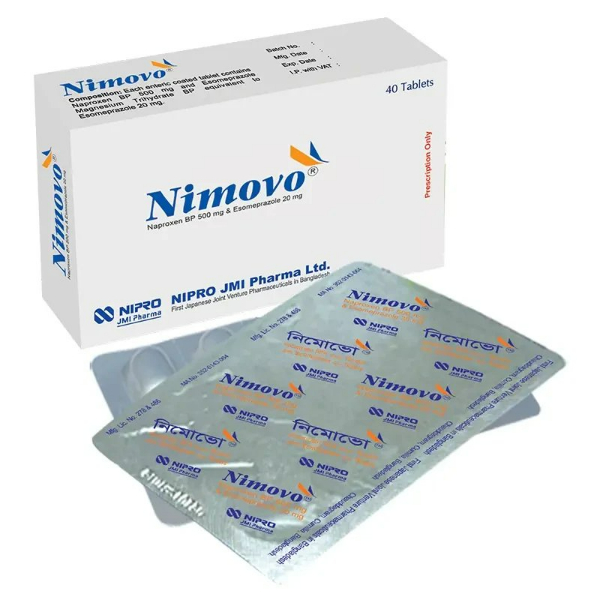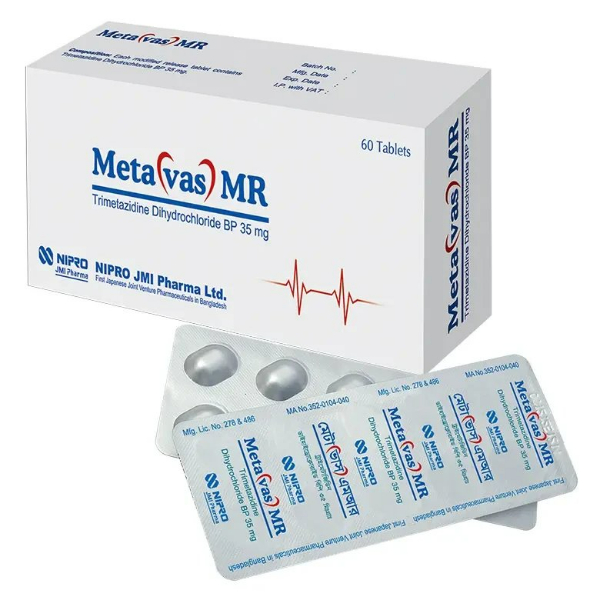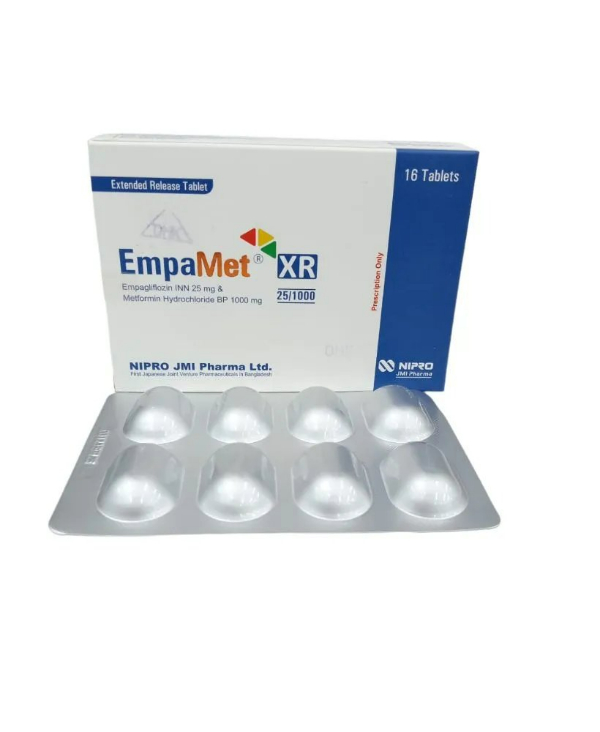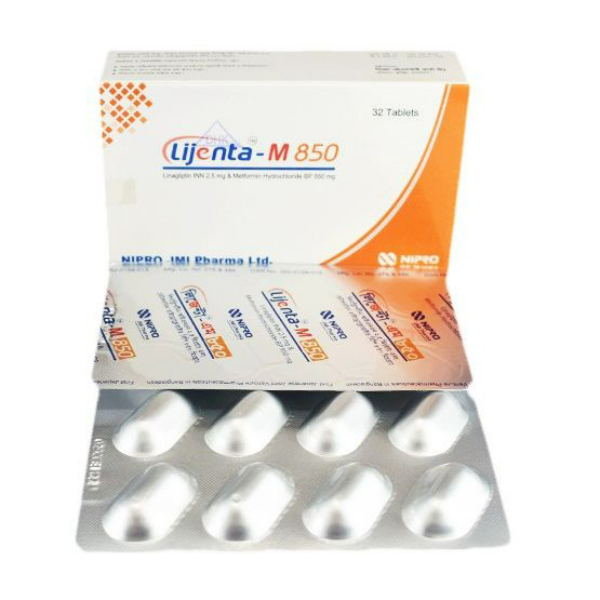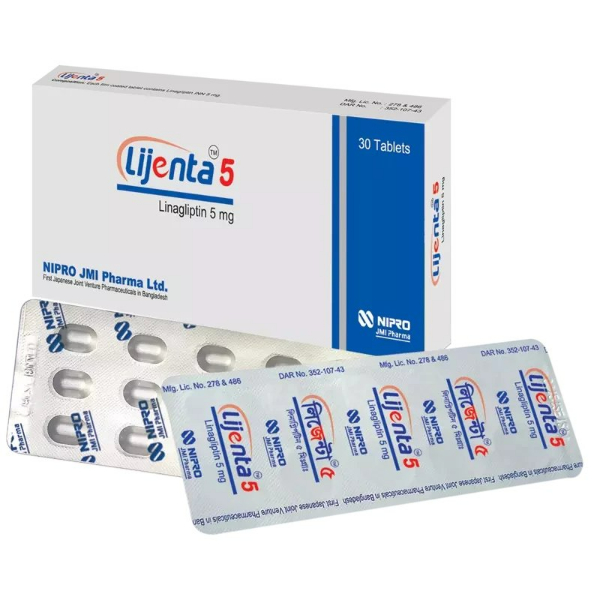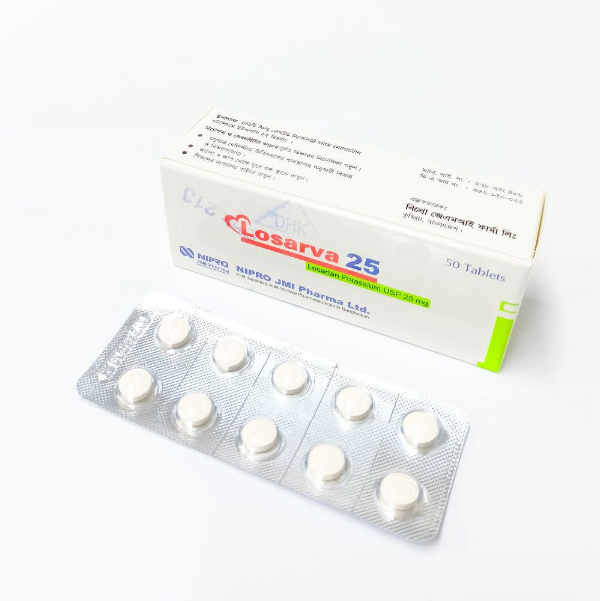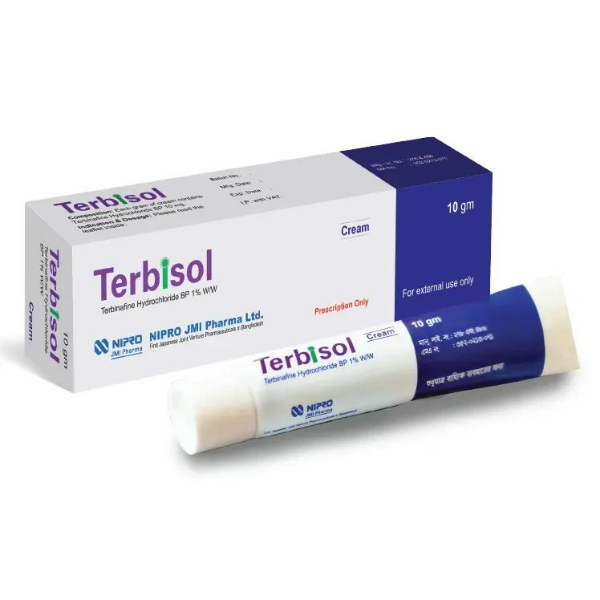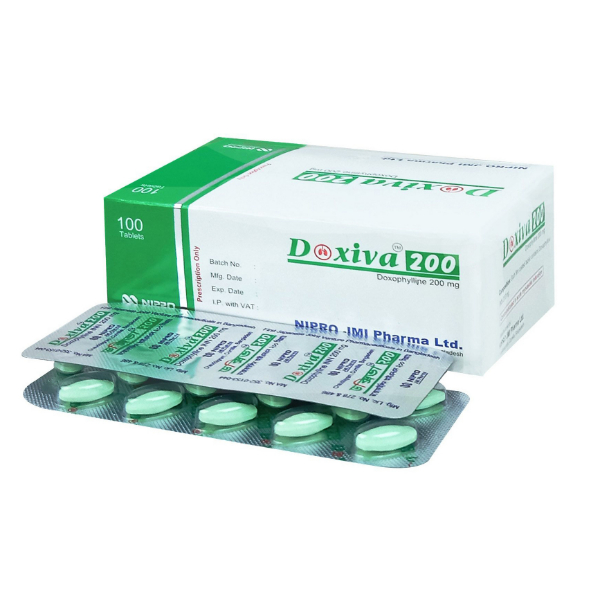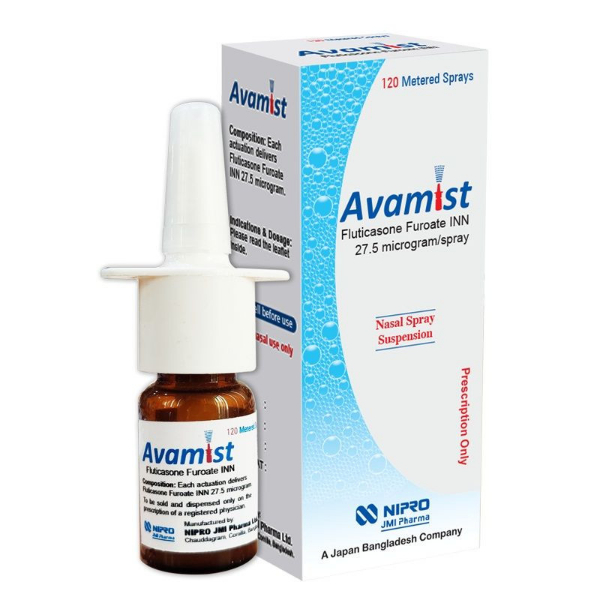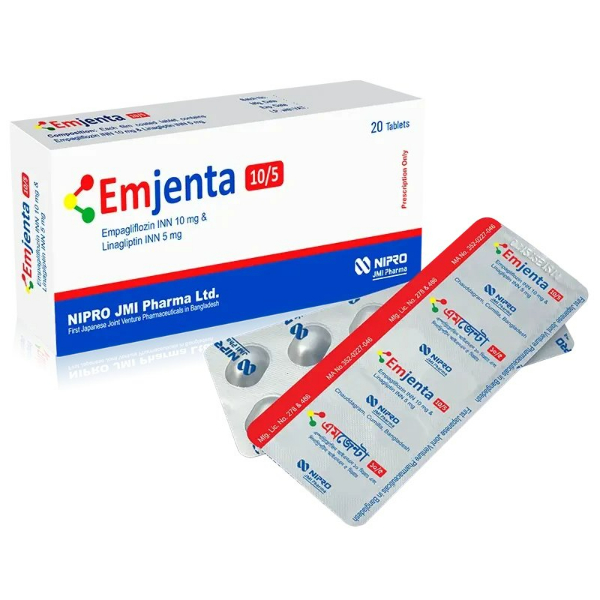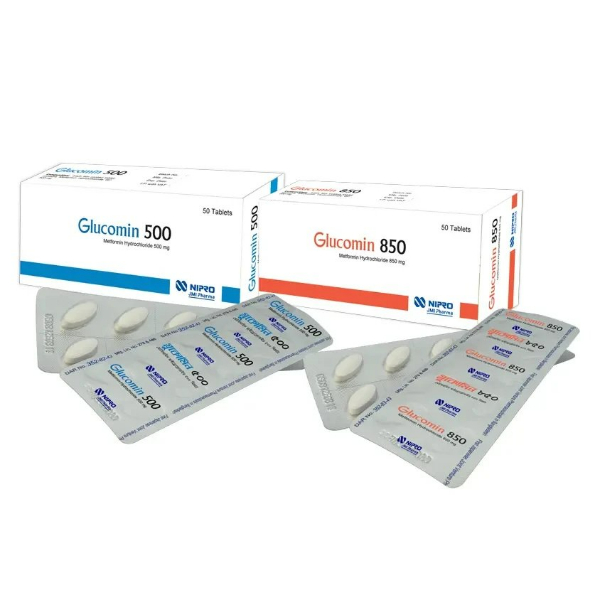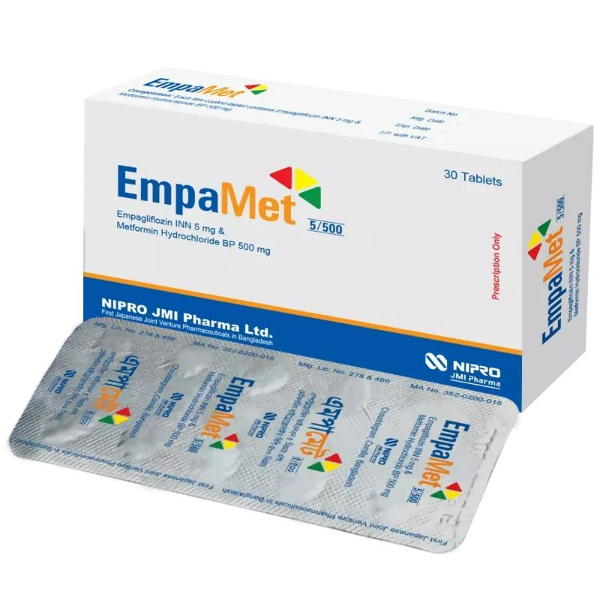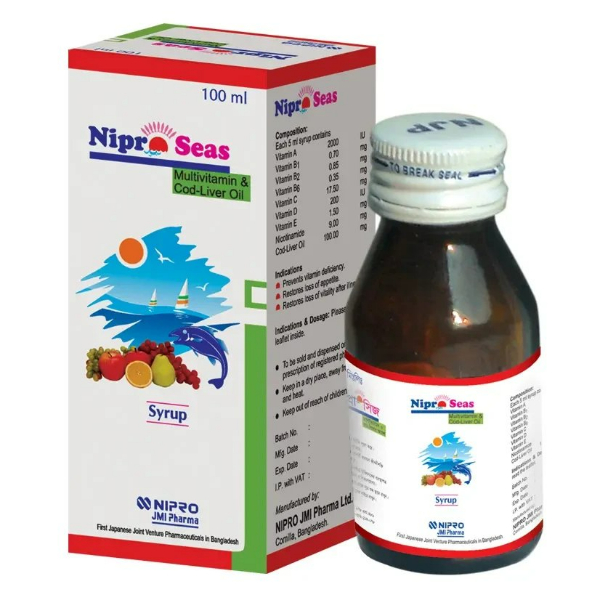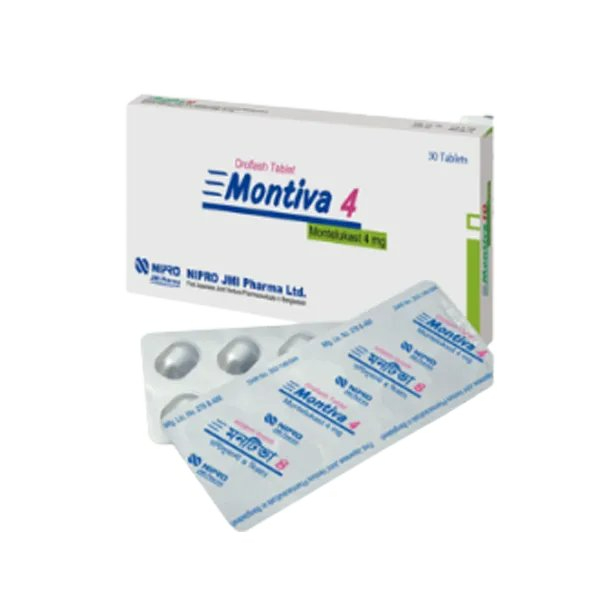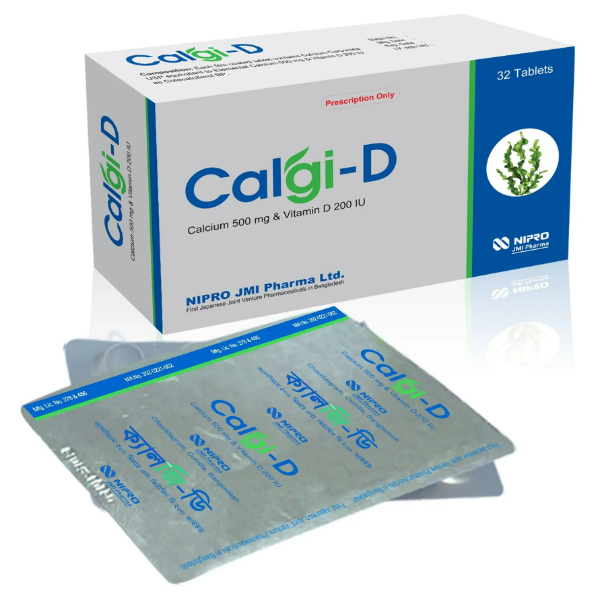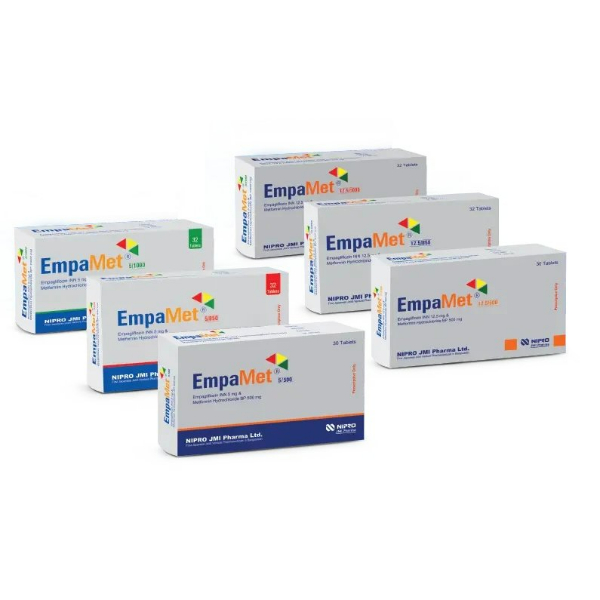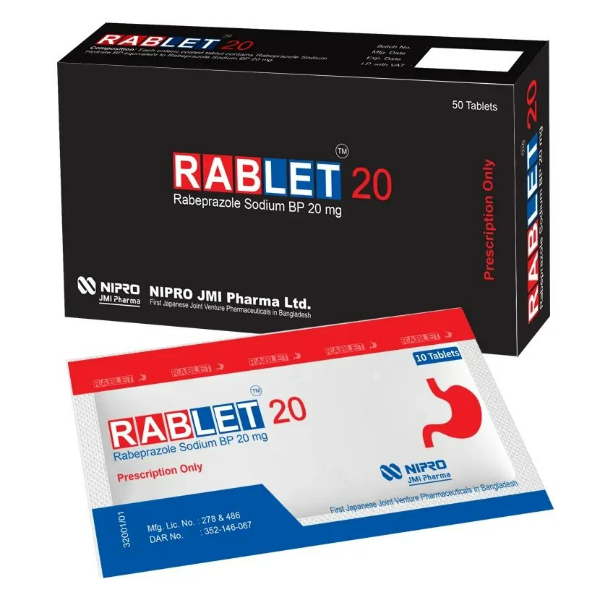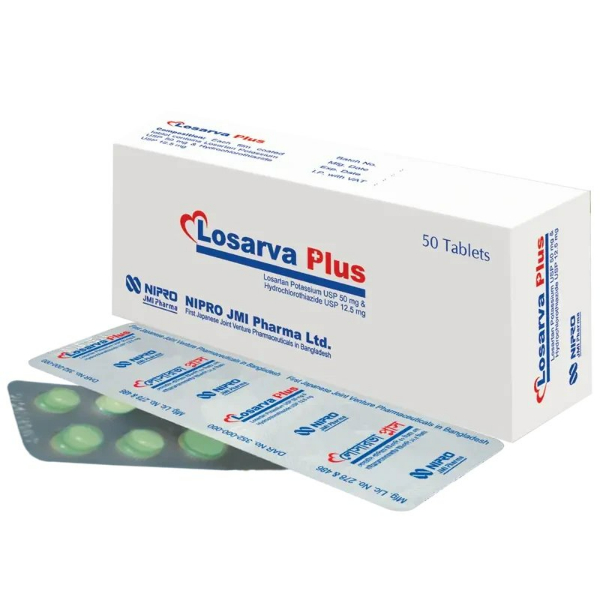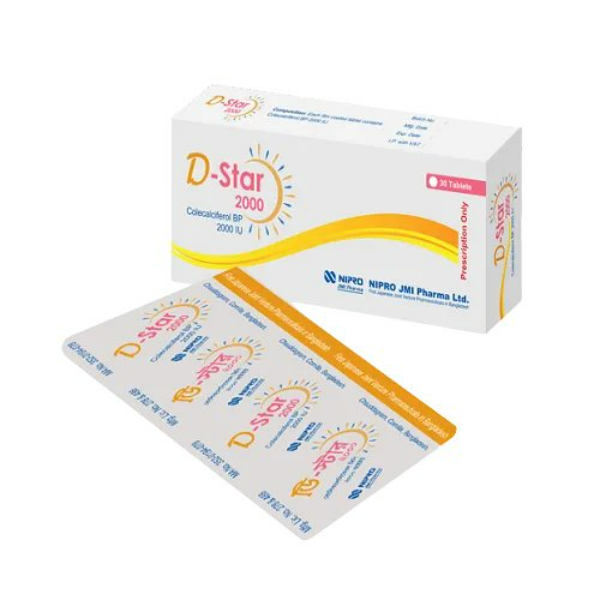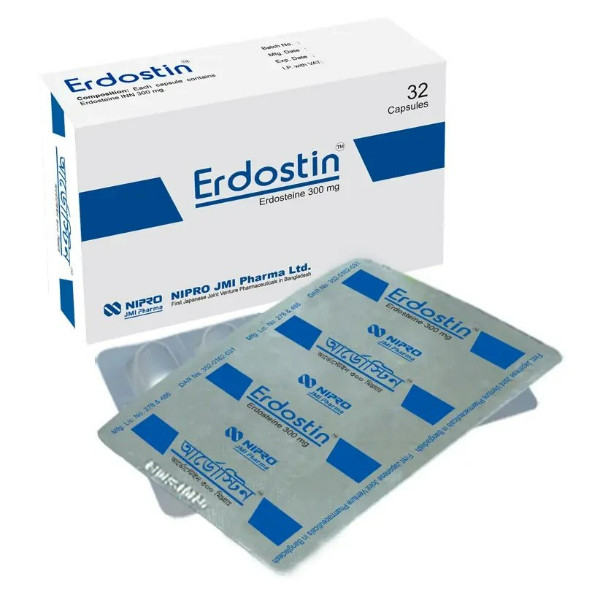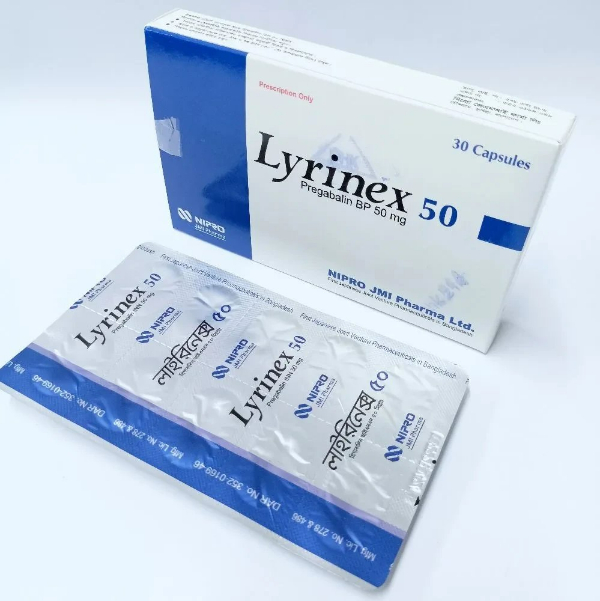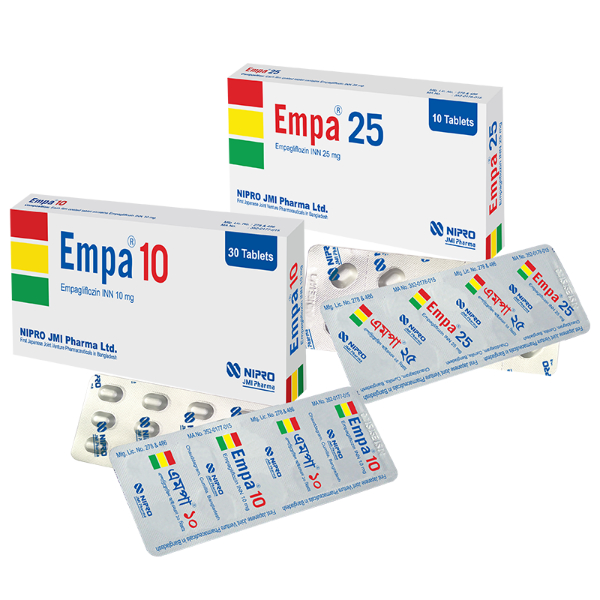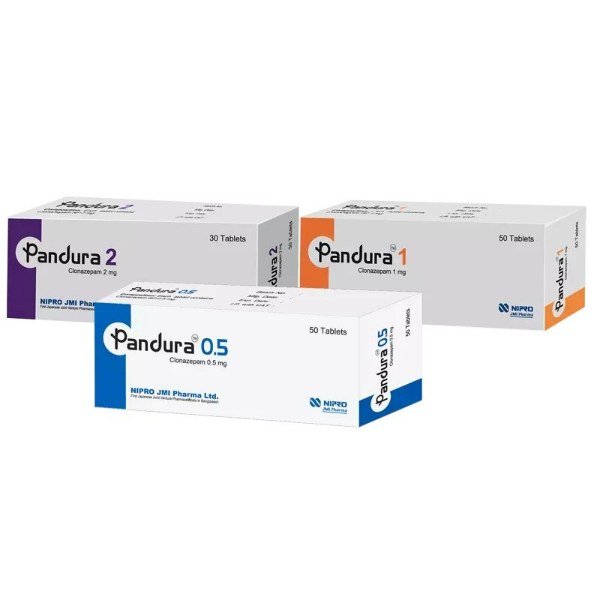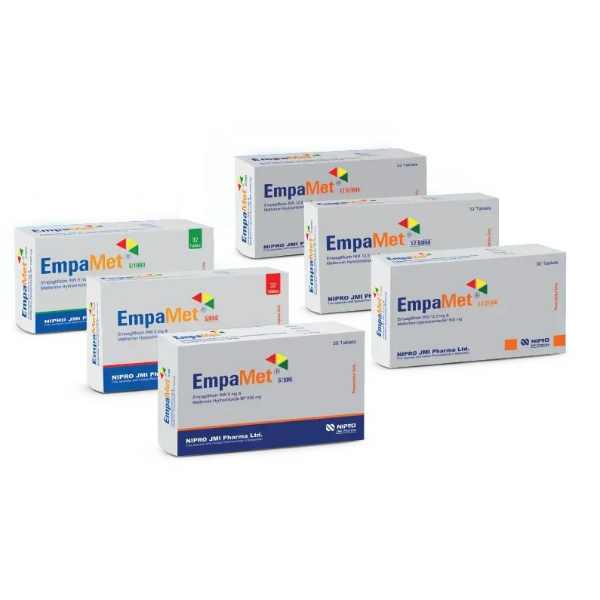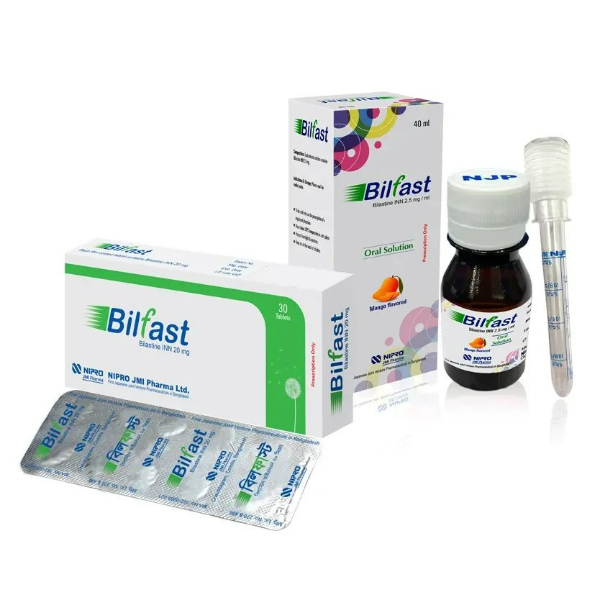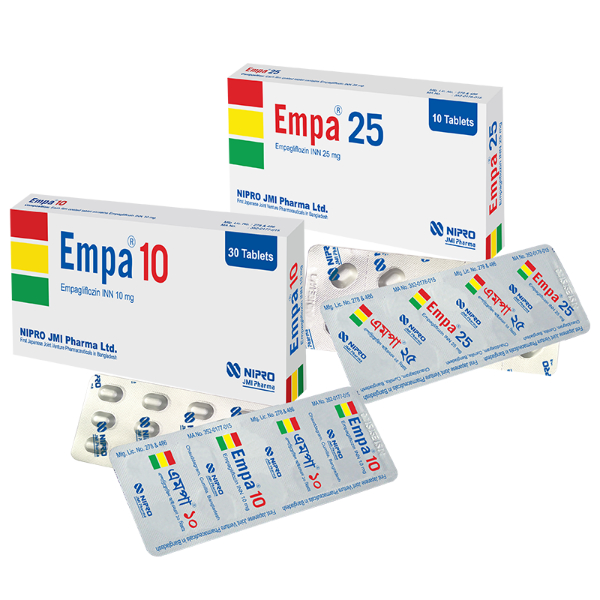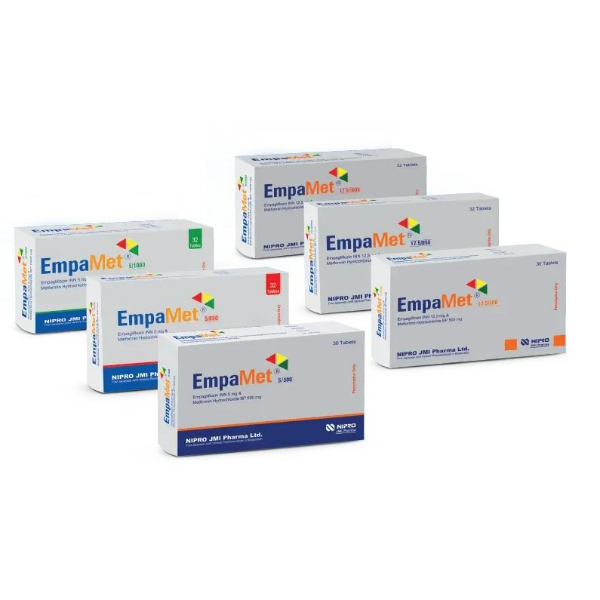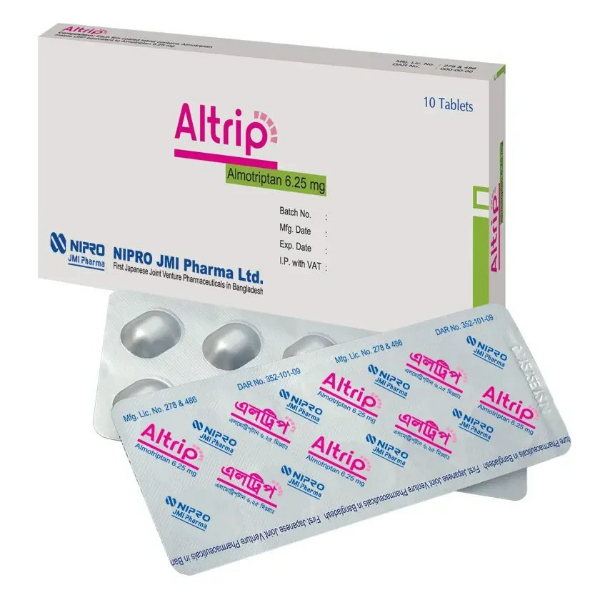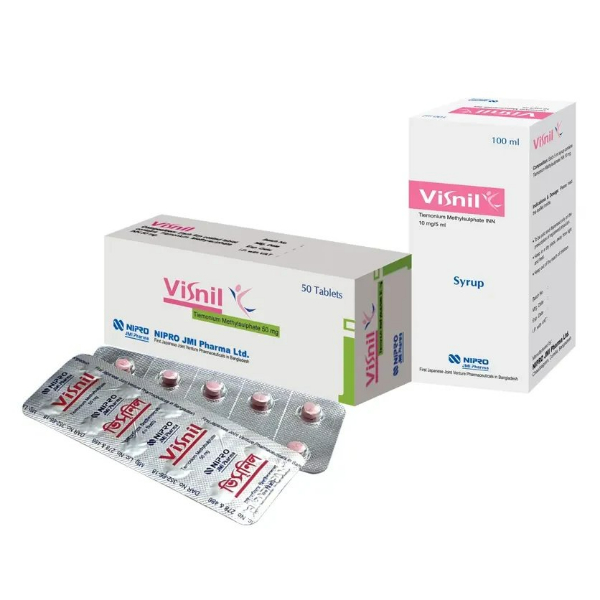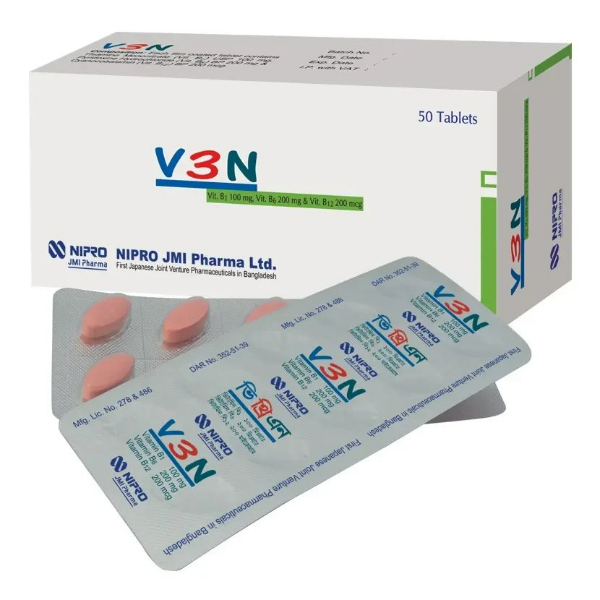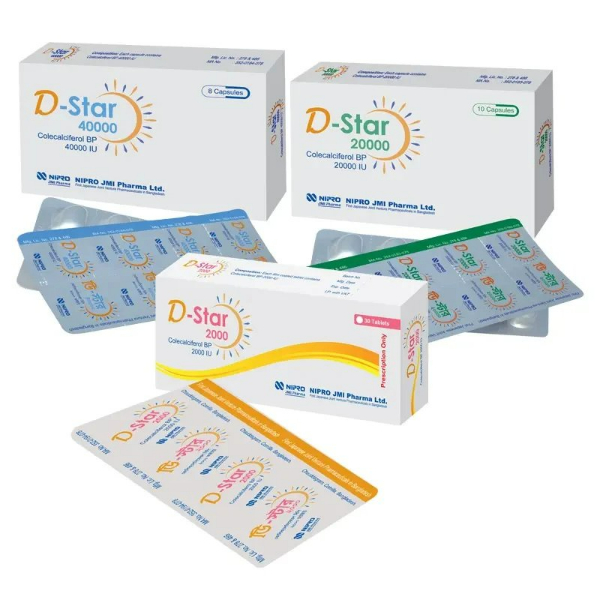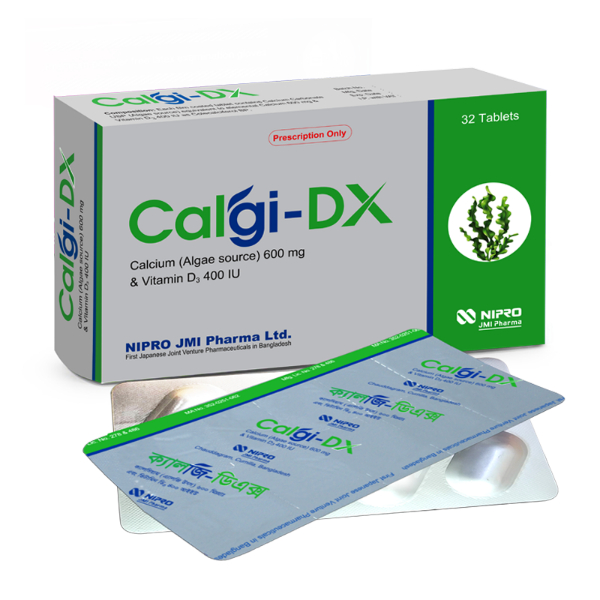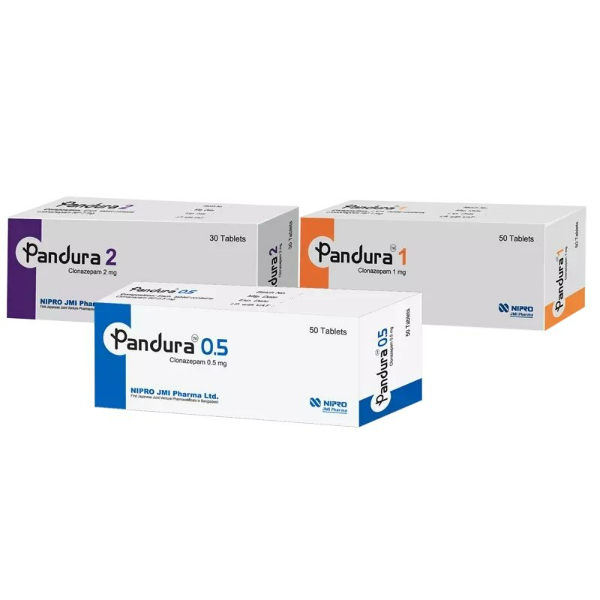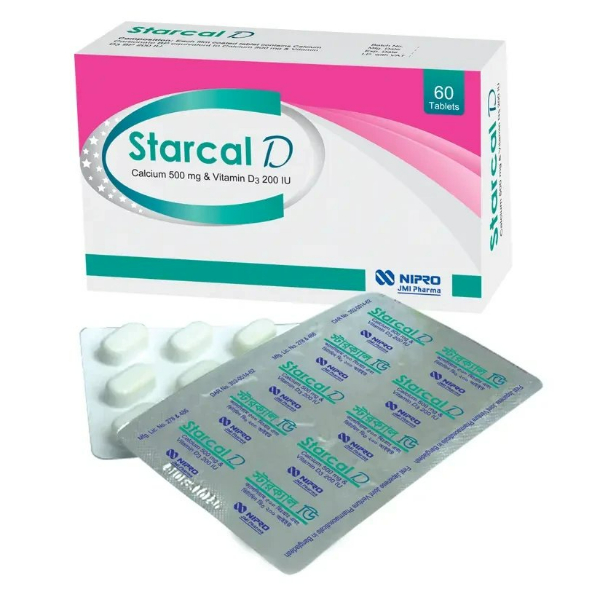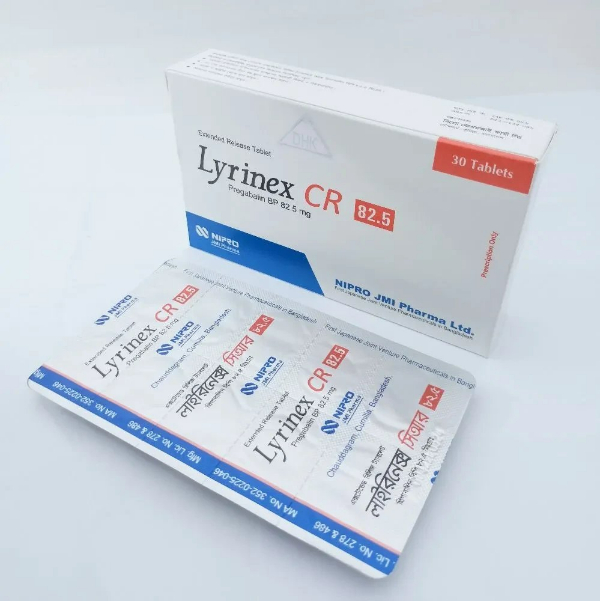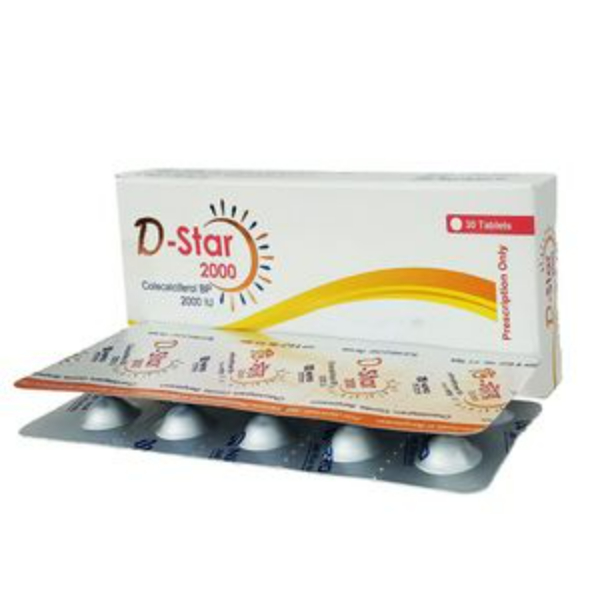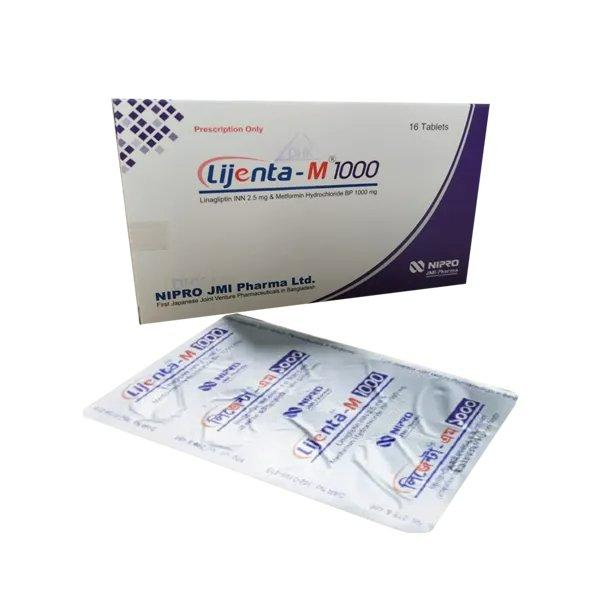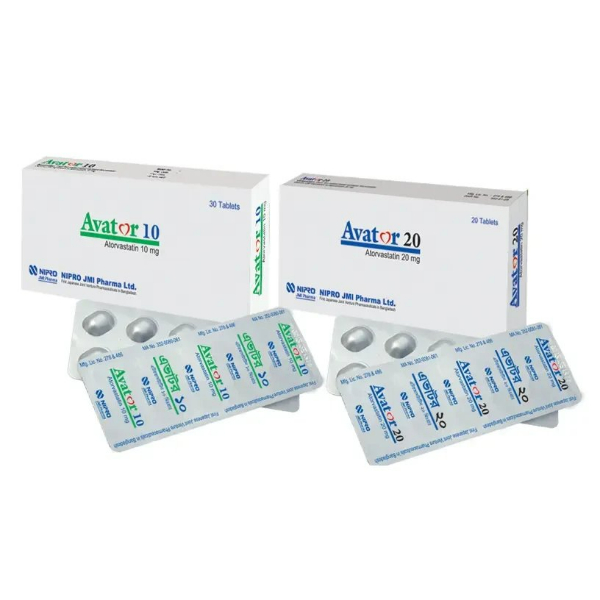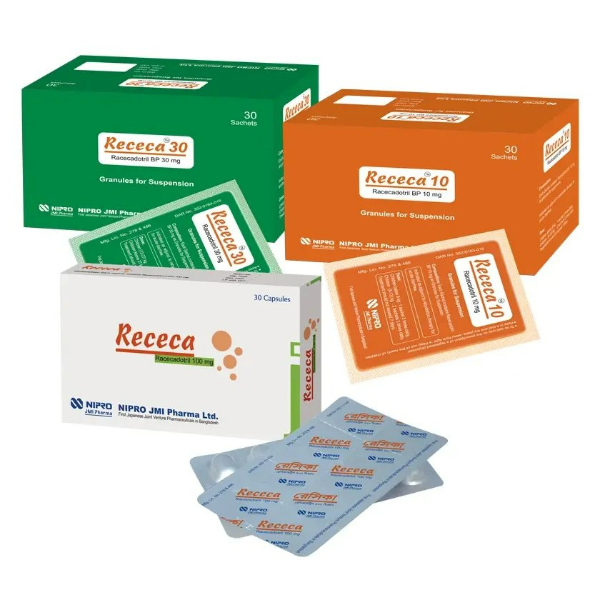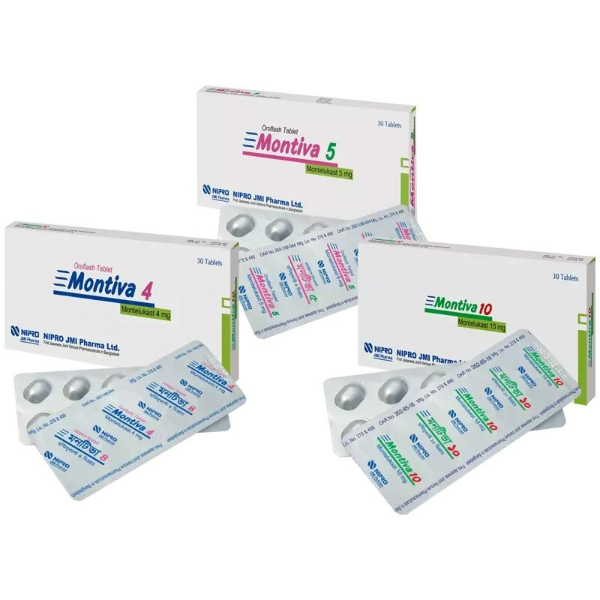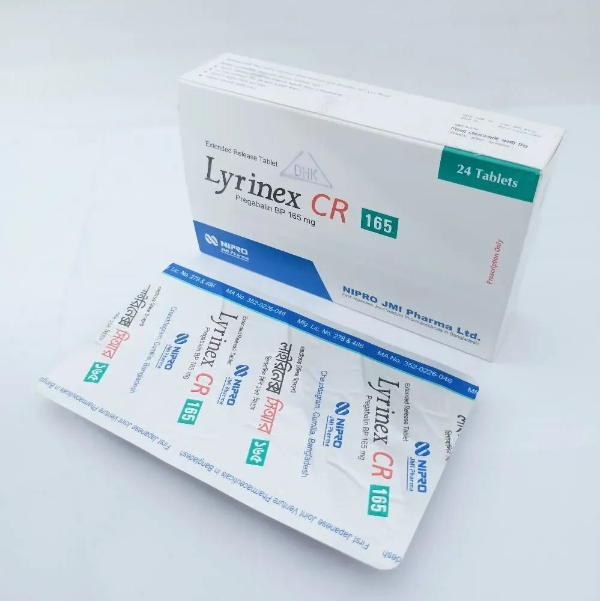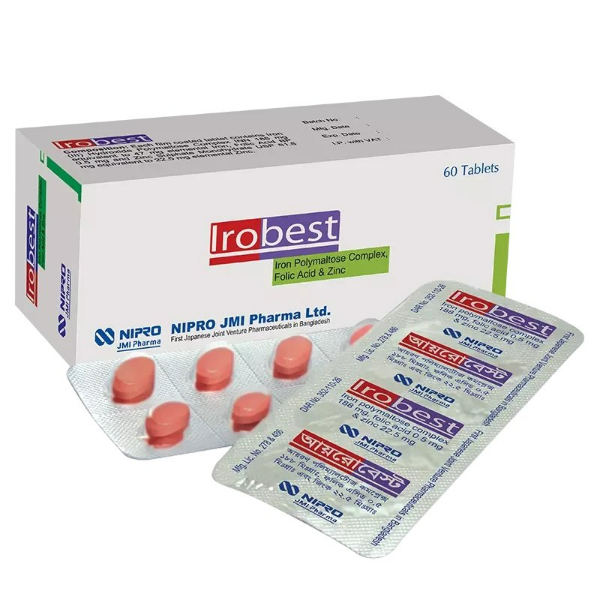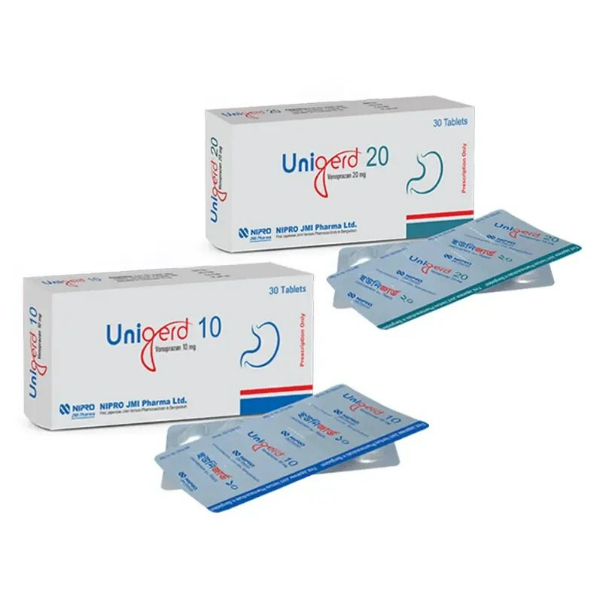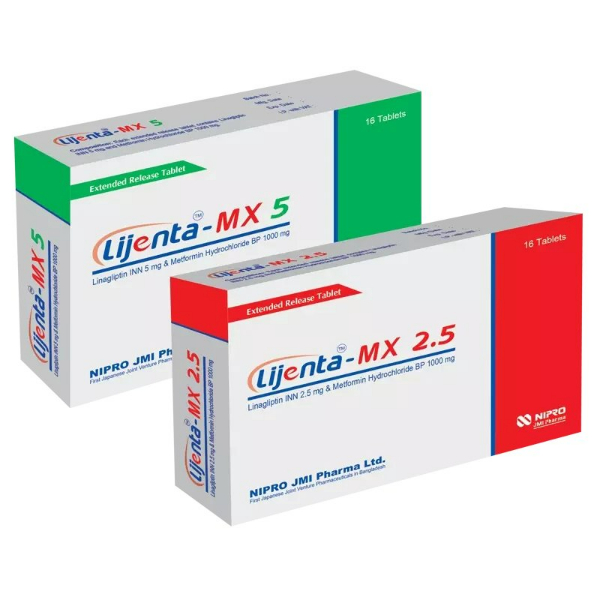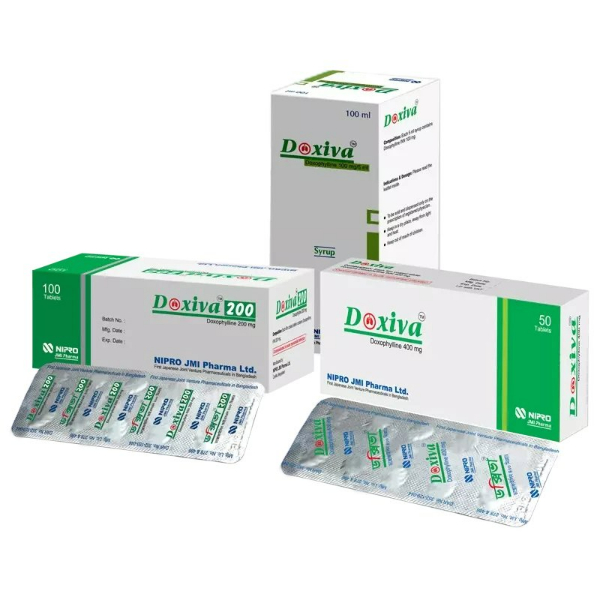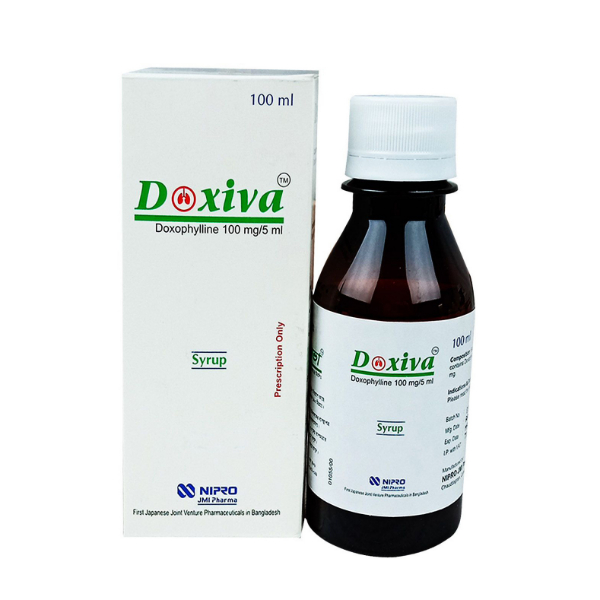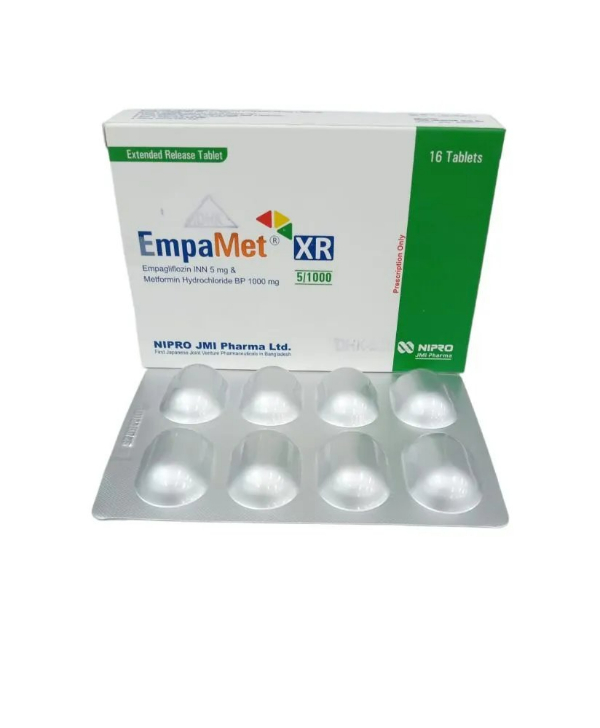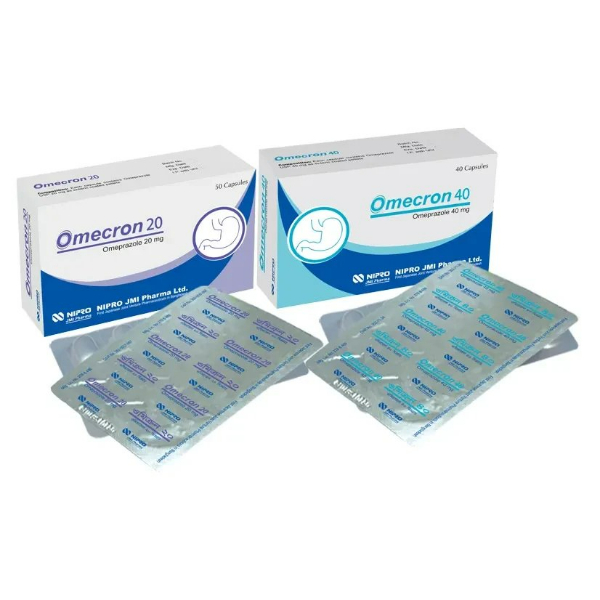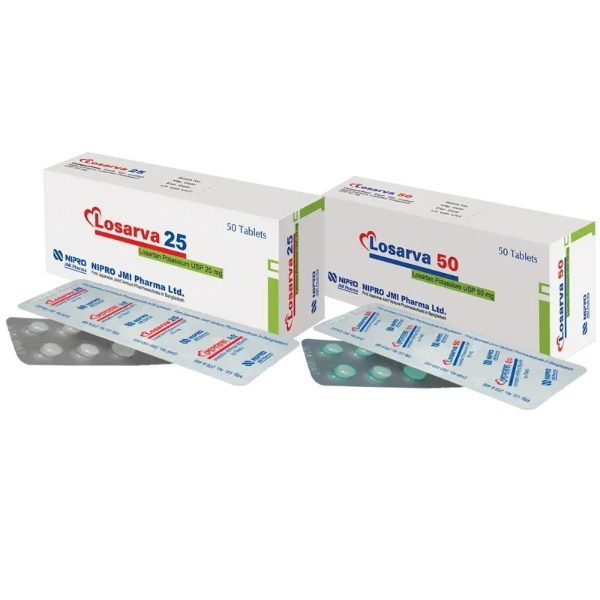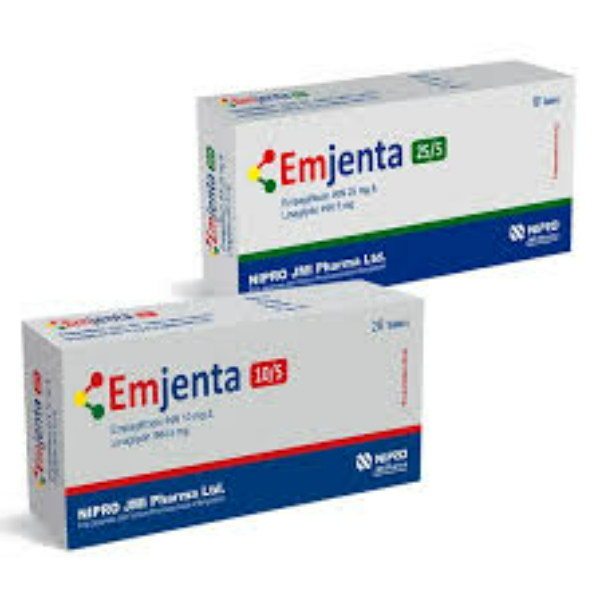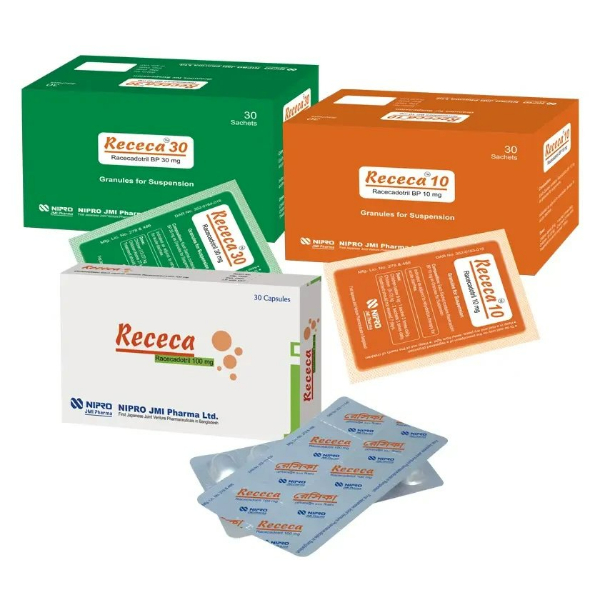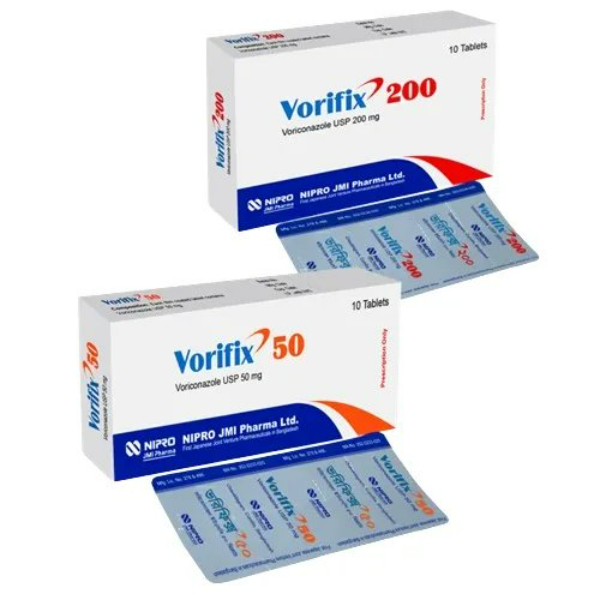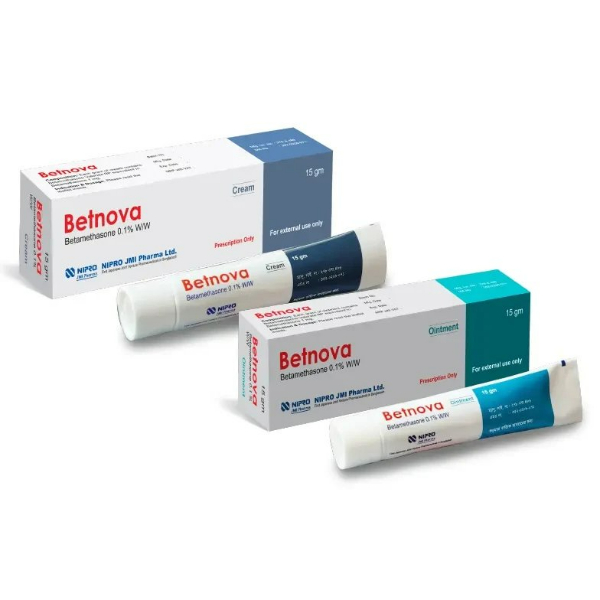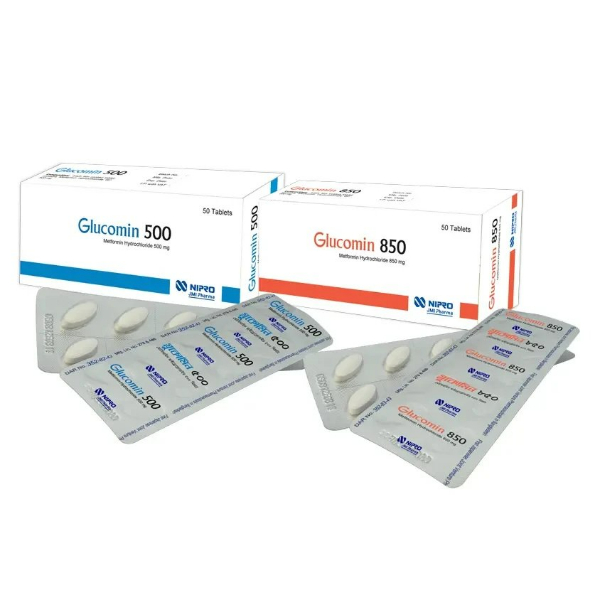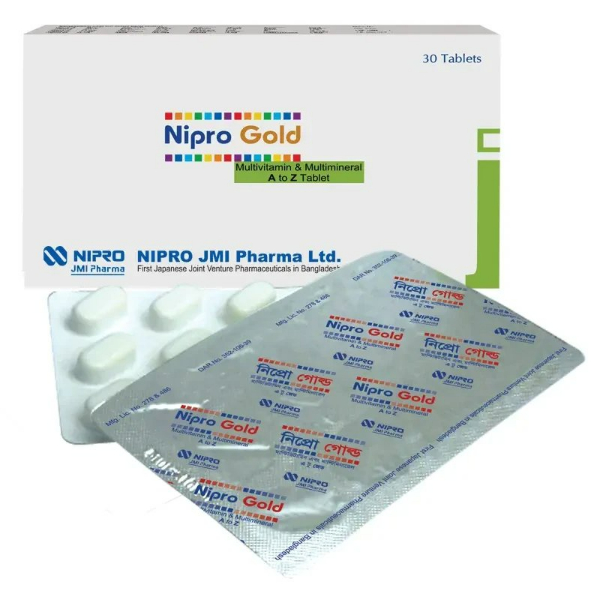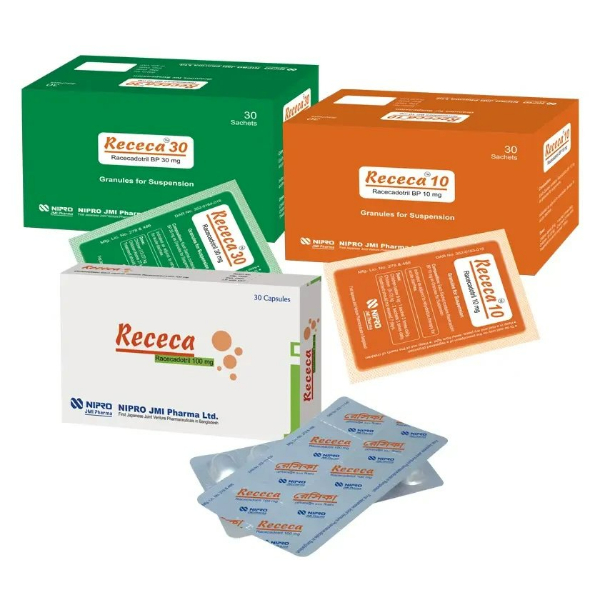Description
রেজিস্টার্ড চিকিৎসকের পরামর্শ মোতাবেক ঔষধ সেবন করুন
Indications:
Xinarox CV is indicated for the treatment of infections caused by sensitive bacteria, including:
-
Pharyngitis/Tonsillitis caused by Streptococcus pyogenes
-
Acute Bacterial Otitis Media caused by Streptococcus pneumoniae, Haemophilus influenzae, Moraxella catarrhalis (beta-lactamase producing strains)
-
Acute bacterial maxillary sinusitis caused by Streptococcus pneumoniae or Haemophilus influenzae (non beta-lactamase producing strains)
-
Lower respiratory tract infections including pneumonia caused by Streptococcus pneumoniae, Haemophilus influenzae (including beta-lactamase-producing strains), Klebsiella spp., Staphylococcus aureus (penicillinase- and non-penicillinase-producing strains), Streptococcus pyogenes, E. coli
-
Acute bacterial exacerbation of chronic bronchitis and secondary bacterial infections of acute bronchitis caused by Streptococcus pneumoniae, Haemophilus influenzae (beta-lactamase negative strains) or Haemophilus parainfluenzae (beta-lactamase negative strains)
-
Uncomplicated skin and skin-structure infections caused by Staphylococcus aureus (including beta-lactamase producing strains) or Streptococcus pyogenes
-
Uncomplicated urinary tract infections caused by E. coli or Klebsiella pneumoniae
-
Bone and joint infections caused by Staphylococcus aureus (penicillinase- and non-penicillinase-producing strains)
-
Uncomplicated Gonorrhoea caused by penicillinase-producing and non-penicillinase producing strains of Neisseria gonorrhoeae
-
Early Lyme Disease (erythema migrans) caused by Borrelia burgdorferi
-
Septicemia caused by Staphylococcus aureus, Streptococcus pneumoniae, E. coli, Haemophilus influenzae (including ampicillin-resistant strains) & Klebsiella spp.
-
Meningitis caused by Streptococcus pneumoniae, Haemophilus influenzae (including ampicillin-resistant strains), Neisseria meningitidis & Staphylococcus aureus (penicillinase and non-penicillinase producing strains)
-
Switch therapy (Injectable to oral)
Pharmacology:
Cefuroxime inhibits bacterial cell wall synthesis by interfering with the transpeptidation process. Clavulanic acid is a naturally derived beta-lactamase inhibitor that binds irreversibly to beta-lactamase enzymes, inactivating them and protecting Cefuroxime from degradation.
Dosage & Administration:
Adults and Adolescents (13 years and older):
-
Pharyngitis/Tonsillitis: 250 mg twice daily for 5–10 days
-
Acute bacterial maxillary sinusitis: 250 mg twice daily for 10 days
-
Acute bacterial exacerbation of chronic bronchitis: 250–500 mg twice daily for 10 days
-
Secondary bacterial infections of acute bronchitis: 250–500 mg twice daily for 5–10 days
-
Uncomplicated skin and skin structure infections: 250–500 mg twice daily for 10 days
-
Uncomplicated urinary tract infections: 250 mg twice daily for 7–10 days
-
Uncomplicated Gonorrhoea: 1000 mg single dose
-
Community-acquired pneumonia: 250–500 mg twice daily for 5–10 days
-
MDR Typhoid Fever: 500 mg twice daily for 10–14 days
-
Early Lyme disease: 500 mg twice daily for 20 days
Pediatric Patients (3 months to 12 years):
-
Pharyngitis/Tonsillitis: 20 mg/kg/day in two divided doses for 5–10 days
-
Acute otitis media: 30 mg/kg/day in two divided doses for 10 days
-
Acute bacterial maxillary sinusitis: 30 mg/kg/day in two divided doses for 10 days
-
Impetigo: 30 mg/kg/day in two divided doses for 10 days
Administration:
Cefuroxime-Clavulanic Acid tablets may be taken with or without food.
Interaction:
-
Concomitant administration of probenecid with Cefuroxime-Clavulanic Acid increases the area under the serum concentration versus time curve by 50%.
-
Drugs that reduce gastric acidity may result in a lower bioavailability of Cefuroxime and tend to cancel the effect of postprandial absorption.
Contraindications:
Cefuroxime-Clavulanic Acid is contraindicated in patients with known allergy to cephalosporins and in patients with pseudomembranous colitis.
Side Effects:
Generally well tolerated. Possible side effects include nausea, vomiting, diarrhea, abdominal discomfort or pain. Rarely, renal dysfunction, anaphylaxis, angioedema, pruritus, rash, and serum sickness-like urticaria may occur.
Pregnancy & Lactation:
While all antibiotics should be avoided in the first trimester if possible, Cefuroxime-Clavulanic Acid can be safely used in later pregnancy to treat urinary and other infections. It is excreted into breast milk in small quantities; however, the possibility of sensitizing the infant should be considered.
Precautions & Warnings:
Cefuroxime should be given with care to patients receiving concurrent treatment with potent diuretics and those with a history of colitis.Therapeutic Class:
Second-generation Cephalosporins
Storage Conditions:
Store in a cool, dry place (below 30°C), away from light and moisture. Keep out of the reach of children

